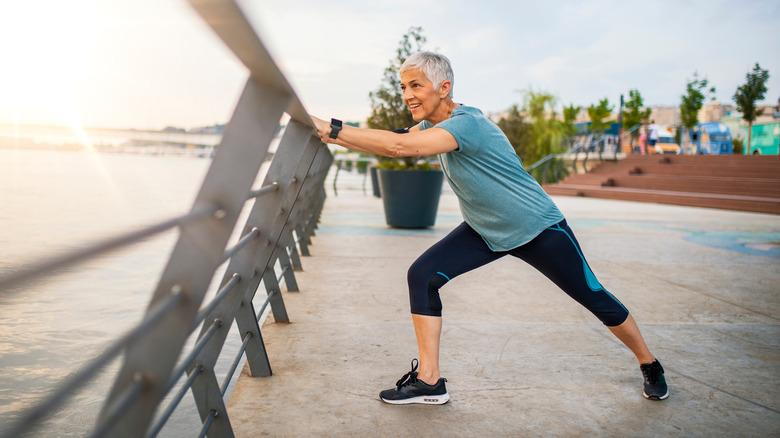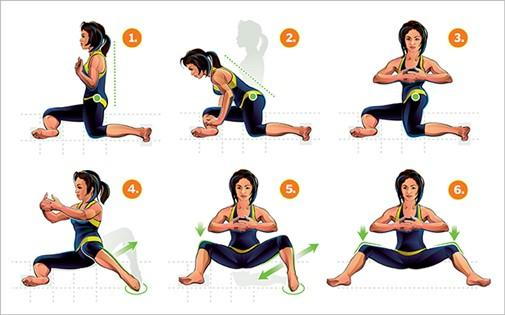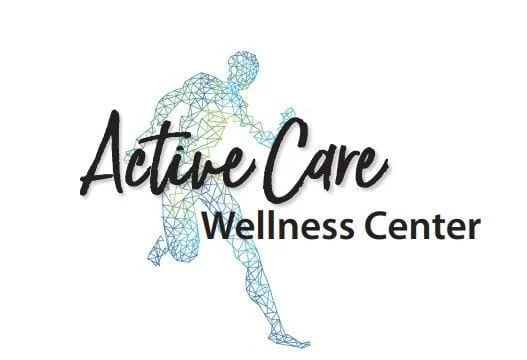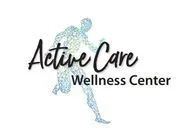
- posted: Jul. 01, 2023
Summer is here in Montana which means we are more active, trying to get back into shape and traveling longer distances. As we all know sitting for extended periods in cars or airplanes to our next destination can leave us stiff and achy, especially in the hips and low back. Why should you have to endure the pain, when you can improve your hip mobility and mitigate any pain in your low back or hips? Before jumping into why hip mobility is important and necessary, let’s first understand the hip and its structures.
First, there has to be a base of support and foundation for the hip, which is comprised of the femur (long bone in the thigh) and the pelvis/ sacrum. The femur and pelvis come together to form a ball and socket joint, the acetabulum being the socket (pelvis) and the femoral head being the ball. To create movement at this joint we need muscles to initiate movement as well as stabilize the joint. There are approximately 15 different muscles that make up the hip with each muscle serving the purpose of creating motion in the ball and socket or stabilizing the joint itself to decrease the chance of injury. For instance, our glutes assist in rotation and extension (leg goes behind you) as well as the stabilizers of our hip height to keep them level. Whereas your rectus fumoirs and psoas muscles initiate hip flexion or your ability to hike your knees up. The hip muscles are arguably the most important group of muscles in our body.
The structure and function of the hips are all great and dandy, but what does it have to do with hip mobility and how does it pertain to me? Mobility of our joints is the cornerstone of propelling us to move and continue to move. Our bodies are very different when comparing person to person, but what is a commonality between these individuals is the need to have movement in all ranges of motion. The reason most of us lack hip mobility is we don’t use all of the muscles daily, and they become atrophied, while others become fatigued and overworked. In our everyday lives, we tend to sit too much, which weakens the glutes and shortens the hip flexors, and as a result, we lack activation in our hips which leads to the lower back taking over.
I’ve tried everything, why do my hips and low back still hurt? One of the most common joints for lacking mobility is the hip, and as a result, we increase our chance of injury as well as increased inflammation. Hip dysfunctions can be directly correlated to pain/symptoms, but often limitations in the hip’s mobility can cause pain in nearby joints such as the low back and knees. Keeping the hip moving will improve overall hip health by decreasing hypertrophy and atrophy and increasing blood flow to surrounding muscles and joints.
Is mobility different than stretching? Mobility is an active movement of the muscles and incorporates a change in the range of motion. While stretching is passive and lends itself to relaxing the muscle for lengthening.
Let’s get moving with a few exercises. The first 2 exercises are for beginners as well as people in increased pain. The more dynamic movements and exercises should be done slowly and controlled with a focus on improving joint motion with minimal to no pain.
KNEE-TO-CHEST (STANDING OR LYING ON BACK):
Laying Down:
- Laying flat on the back with legs straight. Bring one knee to your chest while the knee is bent, keeping the other leg flat on the ground. Pull your leg with your hands once you’re unable to actively get your leg any further to your chest. Hold for 5 seconds.
- Slowly drop leg back to straight. Switch legs and bring knee to chest (knee bent) actively until you can’t go any further, then pull the knee as close as you can to your chest and hold for 5 seconds.
- Switching legs- 12 reps per leg; holding 5 seconds when the knee is to chest; keep lower back as flat to ground as possible while going through motions
Standing:
- Start with a comfortable balanced stance. Raise one knee to your chest with no assistance of pulling with your hands. Once you are unable to get your knee any higher use a hand to help pull your knee as high as you can. Hold for 5 seconds. If you need to stabilize yourself by holding onto a chair or table, go for it.
- Switch legs and repeat. 12 reps per leg; hold for 5 seconds at the top of the motion.
FROG ROCKS:
- On your hands and knees separate your knees to open up your hips. Drop your butt back to your heels hold for a second then pull yourself past the neutral position of your hands and your knees so your head and shoulders are ahead of your hands. Hold for a second. (1 rep)
- 10 reps total with emphasis on going slow and pausing at the end of each motion.
- Get into a 90/90 sitting stance on the ground. (Bend one leg in front of you so your knee creates a 90-degree angle, do the same with your other leg but with it behind your hips.
the same with your other leg but with it behind your hips.
- Sit tall with hips facing front leg and leaning slightly forward. With both hands applying slight pressure to your front knee and leg lift your knee off the ground and hold for a few seconds. Repeat for 10 reps and switch legs.
- Slightly leaning forward with hands braced against the ground lift your back foot off the ground and hold for a few seconds. 10 reps and switch legs.
- Sitting tall in your 90/90 position with hips in a neutral position, rotate your torso over the back leg. To the best of your ability keep your toes and foot in contact with the ground as your back knee is being picked up and rotated. Continue until your foot is flat to the ground then return back to the 90/90 position you were just in. Repeat slowly 6x and switch legs.
CONTROLLED ARTICULAR ROTATIONS (CARs):
- On all 4s with hands under shoulders and knees under hips.
1. Engage core while lifting right leg up towards the back of your right arm, keeping the knee bent at a 90-degree angle.
2. Bring the right knee back in line with the right hip, keeping the 90-degree knee angle. Raise your right ankle and right knee laterally away from your torso, the ankle and the knee should be at the same height as your right hip at the end range of motion.
3. Finish rotating your hip by forcing the knee backward and ankle above the knee so the sole of your foot faces the ceiling. (1 rep)
- 10 reps slow with emphasis on hitting the end range of motion in each direction, switch legs.
Locations
212 Main Street
Stevensville, MT 59870, US
Office Hours
Our Regular Schedule
Closed
Closed
7 AM
6 PM
8 AM
6 PM
7 AM
6 PM
8 AM
6 PM
Closed
Closed
Closed
Closed

